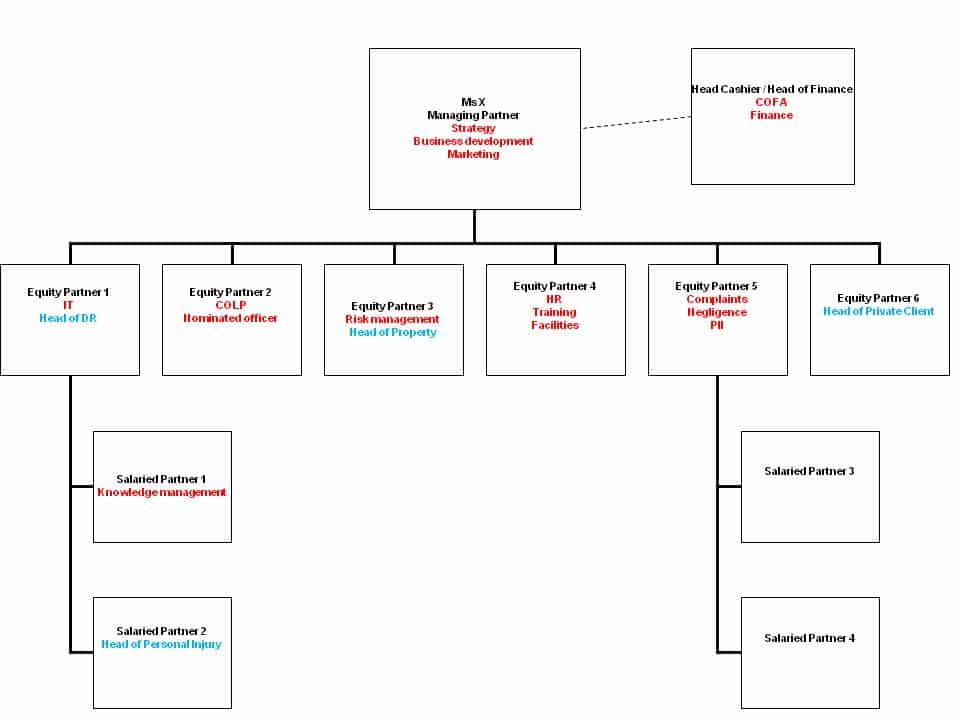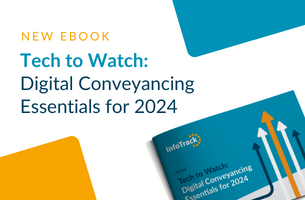In her latest blog on COLPs and COFAs, Allison Wooddisse, head of Legal Futures Associate LexisPSL Practice Compliance, tries to work out what the SRA means when it talks about law firms’ governance
Governance seems to be the Solicitors Regulation Authority’s (SRA) new favourite word. It crops up in the most fashionable parts of the SRA Handbook:
- You must run your business or carry out your role in the business effectively and in accordance with proper governance (SRA principles)
- You must have a clear and effective governance structure and reporting lines (code of conduct)
- The SRA can refuse to authorise a firm if it is not satisfied that its governance arrangements are adequate to safeguard the regulatory objectives (authorisation rules)
Just in case you haven’t already got the message, the SRA also expects to see a “copy of the firm’s governance structure showing the position of the compliance officers” as part of the new compliance officer for legal practice/for finance and administration (COLP/COFA) nomination process.
Ask a simple question…
All of this begs a very reasonable question: what is governance? A quick look at the glossary to the code of conduct will tell you… nothing. What about the glossary to the authorisation rules? Nothing there either. So it’s up to you to work out what all these references to governance actually mean and, more importantly, what you have to do.
There isn’t a universally accepted definition of governance in the commercial world, never mind the legal world. The way the SRA uses the term ‘governance’ suggests it probably means the way in which your firm is directed, controlled and managed.
What do I have to do?
There’s no doubt the SRA expects you to document your firm’s governance structure and reporting lines. Unless and until the SRA clarifies exactly what it expects to see, one approach would be to have documentation showing:
- The legal status of your practice, eg sole practitioner, partnership, LLP, limited company or public limited company;
- A description of your key governance roles and who holds each role; and
- An organisation chart showing how your firm is structured, how your governance roles fit together and your reporting lines
What sort of governance roles should we have?
Most firms will consider some or all of the following roles to be fundamental to their governance arrangements: strategy, finance, compliance, risk management, business development, HR/training, information management, complaints, negligence/profession indemnity insurance, nominated officer, knowledge management, and facilities.
Depending on the size of your firm, each role could be a full-time job. In most firms, however, the roles will be allocated to partners or senior members of staff on top of their respective day jobs.
How you structure your governance arrangements will largely depend on your business model. A sample structure chart could look like this (click on the image if it’s not showing up properly):
Governance roles are shown in red. Supervisory responsibility for different types of work are shown in blue
Sole practitioners
Even if you are a sole practitioner, you should still produce documentation showing:
- The legal status of your practice (ie, sole practitioner);
- The key governance roles you undertake; and
- How the firm is structured – are you responsible for all areas of governance or do you share responsibility with any employed staff?
This will make it easier to demonstrate to the SRA that you recognise your obligations in all areas of governance and compliance.
Then what…?
The SRA will publish COLP/COFA nomination process in mid-May 2012. You’ll need to have you governance arrangements in place to complete the nomination forms.
The SRA may also want to see a job description/role profile for your COLP and COFA. Next month’s I will look at what to include in your job description.













Leave a Comment